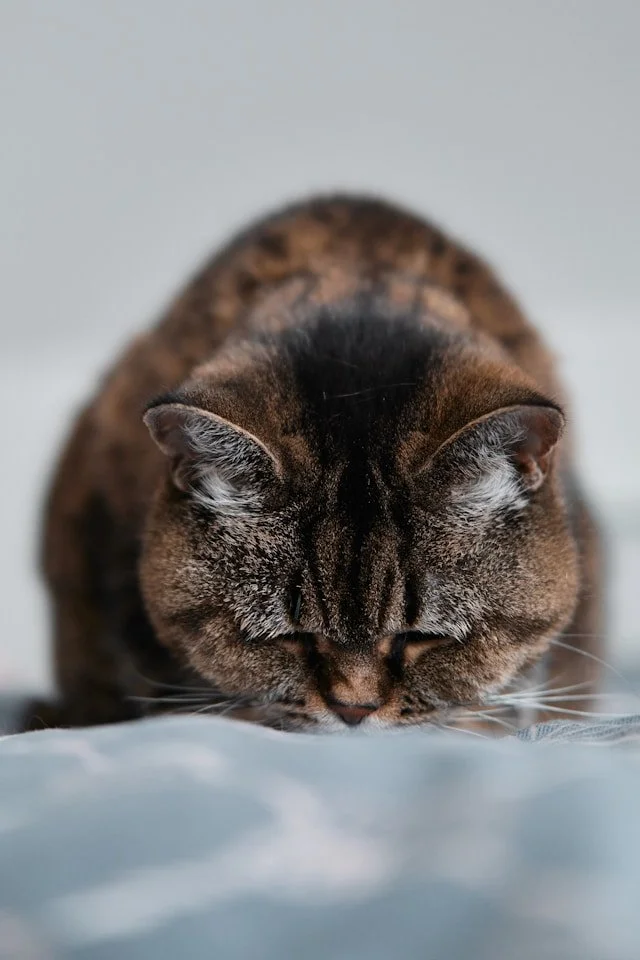(Photo is for illustration — the real Cream Puff lived from 1967–2005!)
When it comes to longevity, few felines have reached the legendary status of Cream Puff, the world’s oldest cat on record. Born in 1967 in Austin, Texas, Cream Puff lived to the remarkable age of 38 years and 3 days, outliving most of her nine lives—and teaching cat parents everywhere a few timeless lessons about love, care, and mindful living.
A Life of Routine and Love
Cream Puff’s owner, Jake Perry, was known for his deep devotion to his cats. He created a calm, stimulating home filled with climbing spaces, interactive play, and a daily routine that never wavered. Cats thrive on predictability, and this consistency may have helped Cream Puff feel safe and stress-free.
The Curious Diet
Perry claimed Cream Puff enjoyed a mix of dry cat food, eggs, broccoli, and even a tiny drop of red wine on special occasions (though modern vets advise skipping the wine!). While the details may be unconventional, what stands out is balance—she ate varied, fresh foods and always had clean water and portion control.
Mental Stimulation and Companionship
Cats, like people, live longer when their minds stay active. Cream Puff shared her home with other cats, toys, and enrichment activities. The gentle social interaction and mental engagement likely kept her young at heart.
Mindful Takeaway
Cream Puff’s long, contented life reminds us that longevity isn’t just luck—it’s the result of consistent care, a peaceful home, and mindful attention to well-being. Whether your cat is two or twenty, time slows when they feel loved, safe, and seen.
Find your calm in your pet’s joy.








